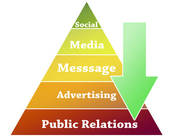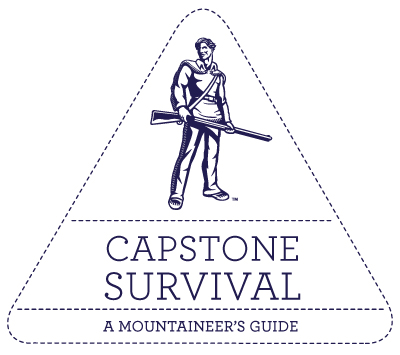As practitioners of Integrated Marketing Communications, one aspect of the marketing mix that I often see as an after-thought is what I refer to as Marketing Public Relations. It is an integral piece of the pie and can reap measurable benefits to all sizes of organizations. And, best of all, many of the tactics are free.
Most of the time, PR is a separate department housed in the Corporate Communications group. And, they are focused on what I label, as mentioned above, as “Corporate PR” versus “Marketing PR”. In my opinion, Corporate PR covers investor relations, crisis management, media editorial board management and internal communications, while Marketing PR covers things like press relations, events, sponsorships and community outreach. Marketing PR is what I feels gets lost in the shuffle. The fact is most marketing departments at medium to small sized companies simply do not have the resources to put a whole lot of effort against Marketing PR. Sure they participate in events, set-up sponsorships but have a hard time with activation of these due to time constraints and resources.
 Both are very important but need to be integrated either by combining the functions, or better yet, developing a team that functions together to tell the corporate story.
Both are very important but need to be integrated either by combining the functions, or better yet, developing a team that functions together to tell the corporate story.
Marketing PR’s value is that it can help companies that are smaller get their message out quickly and extend the promotional time period of their efforts through repeated media relations efforts and social media efforts such as blogging. You no longer just have to launch an advertising campaign and let it run, you can create other stories around the advertising program in the form of on-going public relations. Let’s not forget about it as an integral part of the integrated marketing mix and work with our corporate PR partners to find and execute on the value it can provide.








